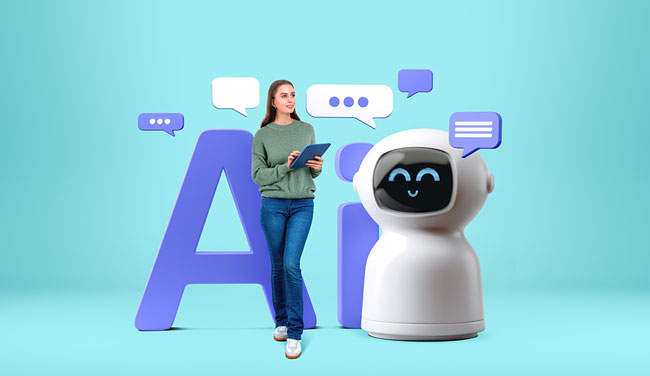17th December 2024

In this blog, originally published on the CCMA website, Richard Gregory at Odigo explains the lessons learned from the recent CCMA Tech Summit.
Artificial intelligence (AI) is hailed as the fastest-adopted business technology in history, with its potential to revolutionise customer service widely acknowledged.
Yet, as the Gartner Hype Cycle reminds us, new technology often brings inflated expectations followed by a trough of disillusionment. Many organisations have experienced the gap between the promise of AI and post-deployment reality.
This challenge was a central theme on the 13th of November in Manchester at the CCMA Tech Summit, supported by Odigo, a leading European CCaaS provider.
Over the course of the day the concept of “AI readiness” took shape-a structural and cultural shift that enables organisations to integrate AI effectively and maximise its benefits.
Achieving AI readiness requires more than just technology; it calls for rethinking traditional roles, training, and processes to prepare for a long-term partnership between people and AI.
AI readiness represents an organisation’s ability to integrate AI effectively, both structurally and culturally. It’s not just having the right tools, it’s about creating an environment where AI can thrive.
Just like onboarding new employees, AI systems require preparation, training, and supervision. And just as no single candidate suits every organisation, AI solutions are not one-size-fits-all. Their success depends on aligning use cases with business objectives to ensure the AI serves the organisation, not the reverse.
Clear objectives help identify where AI adds the most value—whether streamlining routine tasks, empowering agents with insights, or improving customer routing.
Building AI readiness starts with strong foundations:
AI thrives on data, but fragmented or outdated information undermines its effectiveness. Data hygiene—cleaning, unifying, and validating data—ensures reliable inputs and, therefore, outputs.
Omnichannel capabilities provide AI with a holistic view of the customer journey needed for personalised experiences. Yet, ContactBabel’s 2024 data reveals that only 40% of large contact centres are true omnichannel environments, highlighting a critical area for improvement.
AI adoption is more than a technical shift—it’s a cultural transformation. Teams need to adapt to new workflows and collaborate effectively with AI tools. Embedding change management ensures AI becomes a user-adopted and integrated part of operations.
Structuring and leveraging organisational knowledge benefits not only AI but also agents. Unified data, omnichannel visibility and accessible knowledge bases empower agents to deliver exceptional service.
A key lesson from the summit was the need to avoid past mistakes, such as deploying bots without sufficient planning. Poorly executed AI projects can cause reputational damage and operational inefficiencies.
To sidestep these pitfalls, organisations can consider the following:
Rushing into AI adoption without clear objectives or robust working processes is a recipe for failure.
As the industry embraces AI, organisations must prepare for a future where AI is as integral as any other tool. This shift toward being “AI receptive” or even “AI native” mirrors the rise of digital-native generations.
Customers and employees alike will increasingly expect AI-driven solutions to be seamlessly embedded into their experiences.
To prepare for this evolution, organisations should:
The CCMA Tech Summit underscored that AI success isn’t about chasing trends—it’s about adopting a thoughtful, measured approach. AI readiness forms the foundation for this journey, encompassing data quality, omnichannel visibility, and cultural alignment.
By learning from past mistakes, embracing small-scale innovations, and embedding AI into organisational structures, businesses can bridge the gap between dream and delivery.
Solutions like Odigo’s omnichannel CCaaS platform, which integrates AI Orchestration, provide the tools to unify their customer journeys, enhance operational efficiency, and empower agents.
As AI continues to evolve, those prepared to adapt and build on these foundations will lead the way in shaping an AI-driven future.
Reviewed by: Megan Jones